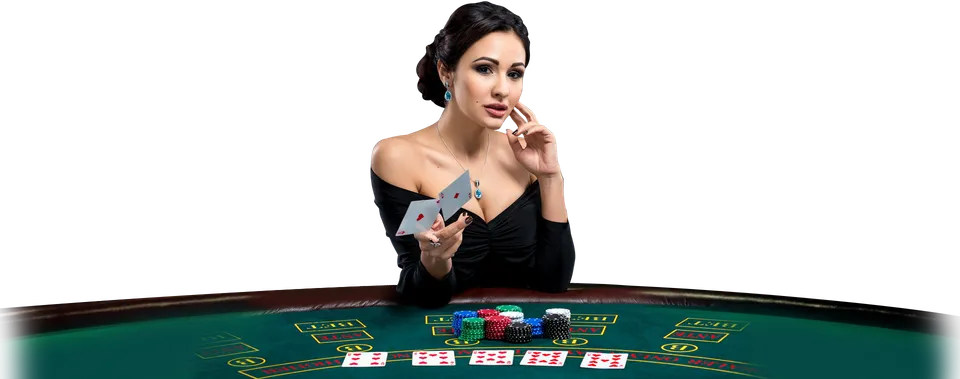Among the many betting strategies in baccarat, the Single Sword Counter-Attack (SSC) stands out as a precise, disciplined approach designed for turning tides during dominant streaks. It’s particularly effective in breaking the momentum of a long banker or player run, making it a tactical weapon when used with timing and control. This article explores the definition, ideal timing, execution, and critical precautions for mastering this counter-strategy.
The “Single Sword Counter-Attack”: A Tactical Weapon in Baccarat

1. What is the “Single Sword Counter-Attack”?
The term “Single Sword Counter-Attack” refers to placing a single, decisive wager against a strong ongoing streak — such as five or more consecutive banker or player wins. Instead of following the trend, this approach challenges it. Just like a lone swordsman facing a horde, the strategy relies on careful timing to interrupt a dominant run and exploit probability reversion.
Unlike trend-following methods, SSC thrives in moments of imbalance — when the crowd bets heavily on the streak and the table dynamics suggest a potential break. It’s not a reckless move, but a calculated disruption of trend continuity.
2. Ideal Timing to Execute SSC
SSC must not be used casually. It’s a precision strike, and its effectiveness depends on specific market-like indicators at the table:
- Five or more consecutive wins: When either banker or player has won five or more hands in a row, the chance of reversal statistically increases. The sixth or seventh hand is often a strategic moment to attempt SSC.
- Extreme imbalance in recent outcomes: For example, if the first 20 hands result in 15 banker wins, betting against banker on the 21st hand may offer favorable risk-reward.
- S-pattern roadmaps: Irregular, “zigzag” streaks like “BBB-P-BBB” may signal trend exhaustion. SSC aims to capitalize on the breaking point.
- Right-edge indicators on big road maps: When a pattern hits the chart edge (especially in big road or big eye boy), it’s often a sign of transition or instability.
3. Execution and Bet Sizing
SSC is not just about when to bet, but also how to structure your attack:
- Initial stake: Use a conservative bet size, typically 1–2 base units (e.g., $100–$200 if your base unit is $100). The goal is precision, not brute force.
- If you lose: Do not chase immediately. One failed counter is not a sign of error; it’s often part of variance. Step back, observe, and wait for the next high-probability pattern.
- If you win: You may place one follow-up bet, assuming the break holds. If that wins too, transition to a mini-trend strategy, but cap the session.
- Avoid escalation: Never use progressive betting (e.g., Martingale) with SSC. It is designed for tactical insertion, not aggressive recovery.
4. Common Mistakes and How to Avoid Them
- Overuse: SSC is not a general-purpose strategy. Applying it too often dilutes its effectiveness. Use only in high-confidence setups.
- Overreliance on patterns: While baccarat charts (e.g., bead plate, big road) are helpful, SSC requires understanding the momentum and rhythm of the game — not just visuals.
- Post-win greed: After a successful counter, players often double down on the next hand impulsively. SSC demands restraint. Two wins may signal exit, not escalation.
- Ignoring variance: SSC works on probabilities, not guarantees. Be mentally prepared for streaks to extend beyond what feels “logical.”
5. Final Thoughts
The Single Sword Counter-Attack is a refined technique — a scalpel rather than a sledgehammer. Used with discretion, it can reverse bad sessions, capitalize on probability inflection points, and keep a disciplined player from blindly chasing streaks or getting swept up in emotional betting.
However, success with SSC requires:
- Keen observation
- Patience to wait for precise timing
- Strong bankroll discipline
- Confidence to act alone against the table consensus












